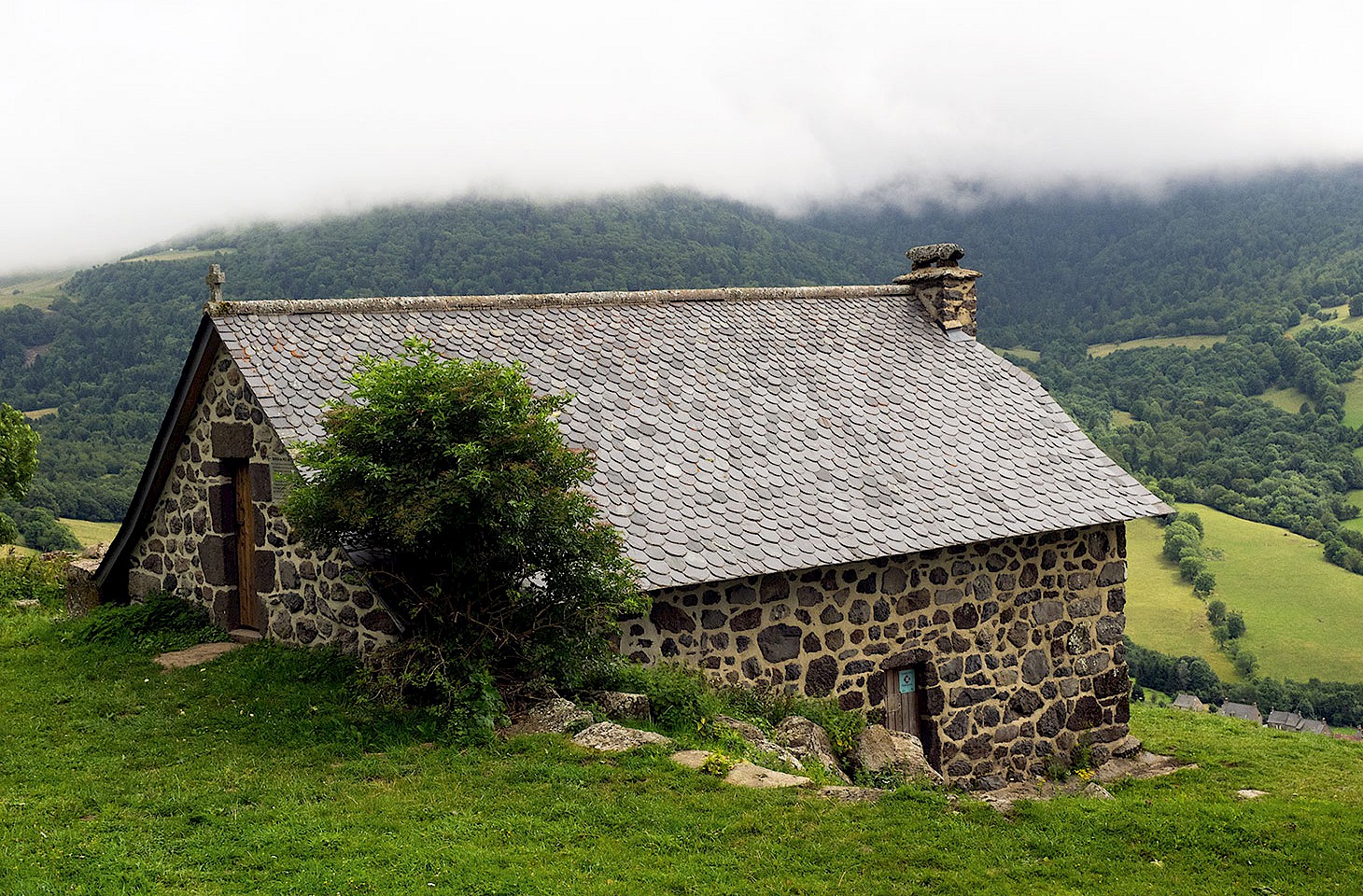The great massif known as Učka stands sentinel over the head of the Adriatic, the slender fin of its summit commanding stupendous views over the Istrian interior on one side, and the islands of the Kvarner Gulf on the other. Its forested slopes fall to the faded Habsburg grandeur of the Opatija Riviera, and face the industrial sprawl of Rijeka — Croatia’s largest port which, following an ambitious programme of restoration and redevelopment, was inaugurated as a European Capital of Culture (ECoC) city in 2020. It was the first time that Croatia hosted a culture capital.The ECoC plan envisaged a cultural festival covering not merely the city itself but also Rijeka’s mountainous hinterland. Sadly, it was not to be. Rijeka 2020 was of course gravely disrupted by the pandemic.
Carved into the western slopes of the Učka massif, the narrow canyon known as Vela draga is filled with some of the most bizarre rock formations in Croatia — slender limestone pinnacles which stand like gnarled, elongated fingers, and look like they’re waiting for someone to push them over. The southern part of Učka is a long, tapering ridge, diminishing gradually in height before melting away into the narrow inlet at Plomin. Just short of Plomin, where the forested hills drop down to the sea, there’s a spartan harbour at Brestova from where the Jadrolinija car ferry shuttles over to Porozina on the island of Cres.
To the north, the Učka massif merges with the jumbled sprawl of the Ćićarija mountains. This range is lower but broader than Učka; it stretches north to the border with Slovenia and the rugged badlands of the Grobnik Alps.
Into the hills
There is an old road leading west from Opatija over Učka. It was always a difficult route, rising to over 900 metres to crest the hills at Poklon Pass. These days that old road is little used as anyone in a rush follows the main A8 highway which tunnels under Učka to speed motorists west into the Istrian peninsula.
The bus driver looks at me with more than a little surprise when I ask to be dropped off on the fast highway just by the entrance to the Učka Tunnel. After all there is no bus stop there, or any reasonable way to get back apart from what would be a long and rather inadvisable walk down the A8 — and with the current construction work on a second tunnel tube, it’s all a bit of a mess. But I find the start of the trail just where it’s meant to be, albeit currently hidden behind mounds of construction materials and machinery. A gravel road winds up into the forest, passing a wooden cottage belonging to a local hunting association. the first time that Croatia hosted a culture capital. The ECoC plan envisaged a cultural festival covering not merely the city itself but also Rijeka’s mountainous hinterland. Sadly, it was not to be. Rijeka 2020 was of course gravely disrupted by the pandemic. Carved into the western slopes of the Učka massif, the narrow canyon known as Vela draga is




